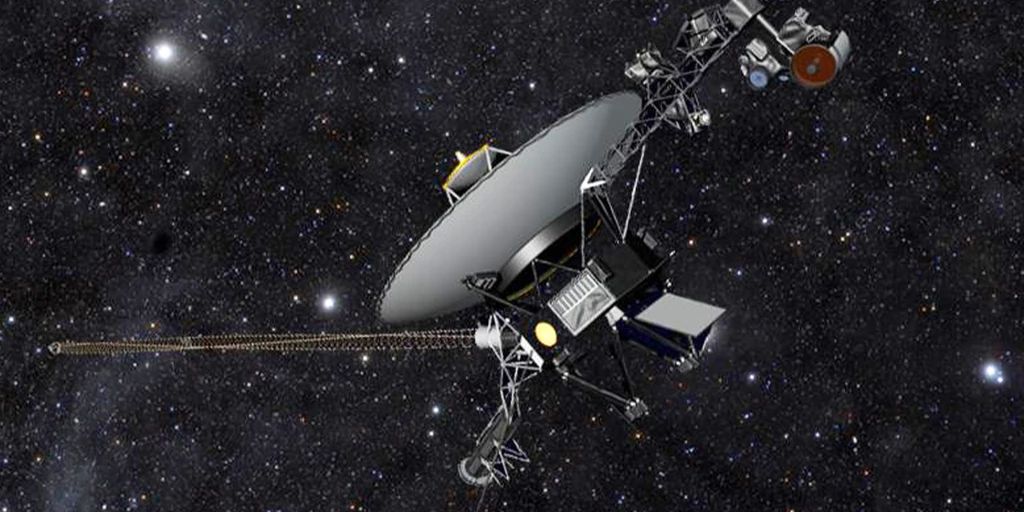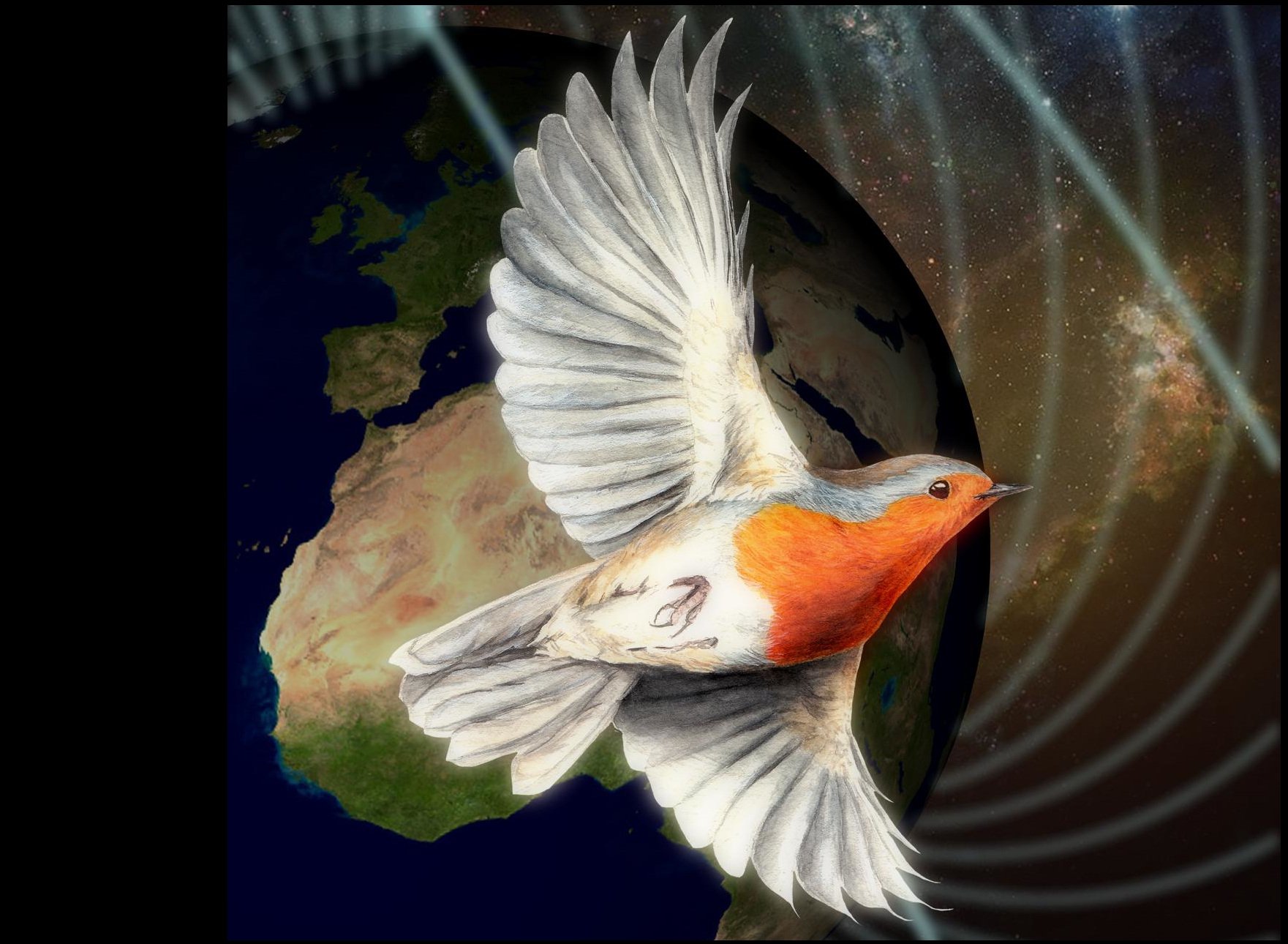How does the mysterious sixth sense of migratory birds work? During their long journeys, they use sensors in their eyes to orient themselves to the Earth’s magnetic field, indicating results of biophysical research. These are special proteins in the retina that interact with magnetic fields. This characteristic of so-called cryptochrome 4 appears particularly only in migratory bird species such as the robin, according to the findings.
Vision, hearing, smell, taste, and touch are standard – but some animals still have a sixth sense: some birds, fish, turtles, and even representatives of mammals show a sense of orientation on their long journeys, which apparently depends on the perception of magnetic fields. For some time now, an interdisciplinary team of researchers from the Universities of Oldenburg and Oxford has been tracking the secret of this amazing sensory perception in migratory birds. Various indicators have already indicated that the biological compass is in the bird’s eye. Certain light-sensitive proteins in the retina of animals have been targeted as ‘compass needles’.
Magnetic potential sensor on the horizon
Confirmation of this assumption now relies on decoding the genetic code of a candidate protein from the robin’s retina. This enabled the researchers to produce so-called cryptochrome 4 in large quantities in bacterial cultures. They were then able to investigate to what extent the biomolecule is sensitive to magnetic fields. Various methods have been used, including magnetic resonance measurements and new spectroscopic methods.
The researchers were initially able to confirm the following: Cryptochrome 4 has the physical properties that are required to act as “biological compass needles.” “It is no longer a guess that these biomolecules are magnetically sensitive, but we can see them,” says co-author Henrik Mouritsen of the University of Oldenburg. The team was also able to elucidate the mechanism behind the reactions to magnetic fields. The protein exhibits a chemical change driven by light, which in turn mediates quantum effects of magnetic significance. Co-author Mouritsen explains that “electrons, which can move inside the molecule after activating the system with light, play a critical role here.”
Biophysikalische Kompassnadeln
Other studies have shown that the arrangement of the building blocks of the protein tryptophan is crucial. Electrons jump from one tryptophan to the next, forming so-called radical pairs, which are magnetically sensitive. Experiments showed that if the protein structure of cryptochrome robin changes only slightly, the movement of electrons is impeded and magnetic susceptibility is lost. Another indication that special versions of cryptochrome 4 are in fact the long-awaited magnetic sensors of migratory behavior, which has led to comparisons with their non-migratory species counterparts. For example, studies of cryptochrome 4 in chickens showed a reaction to light, but these protein transcripts were found to be relatively less sensitive to magnetic fields.
However, there is still no conclusive evidence that cryptochrome 4 is the magnetic sensor we are looking for, the scientists admit. “To do this, we have to show that this process also occurs in the eyes of birds,” Moritzen asserts. In addition, the magnetic fields used in the experiments were stronger than the Earth’s magnetic field. The authors hypothesize, however, that the molecules react more sensitively in their natural environment than in laboratory conditions. Because in the cells of the retina, the proteins are likely to be fixed and aligned in the same direction, which increases their sensitivity to the direction of the magnetic field.
Scientists suspect that sensory stimuli are further intensified by interactions with other proteins in retinal cells. The team is currently looking for these previously unknown partner molecules — so the researchers want to stay on the ball: “If we get more evidence, we’ll show that this quantum physical mechanism makes animals sensitive to environmental stimuli that are six orders of magnitude lower. The bottom line, which was previously considered feasible, ”concludes Moritsyn.
Source: University of Oldenburg, specialized article: Nature, doi: 10.1038/s41586-021-03618-9

“Alcohol buff. Troublemaker. Introvert. Student. Social media lover. Web ninja. Bacon fan. Reader.”





More Stories
Principles and features of the folk nutritional principle
Science: The percentage of women in mint topics rises to a third
Newly appointed Science, Research and Innovation Council